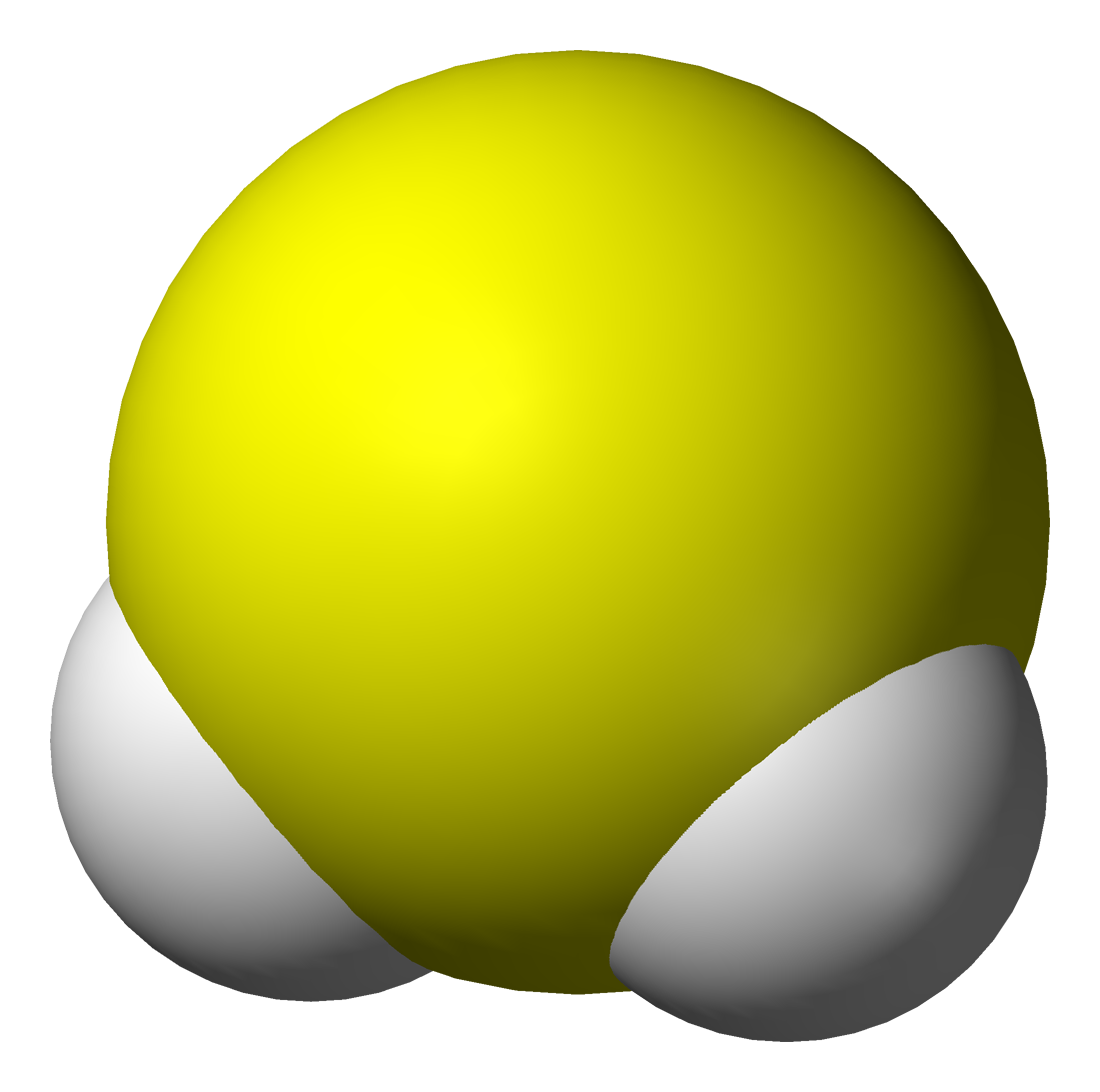|
Patiromer
Patiromer, sold under the brand name Veltassa, is a medication used to treat high blood potassium. It is taken by mouth. It works by binding potassium in the gut. Common side effects include constipation, low blood magnesium, and abdominal pain. It was approved for medical use in the United States in October 2015, and in the European Union in July 2017. Medical uses Patiromer is used for the treatment of hyperkalemia, but not as an emergency treatment for life-threatening hyperkalemia, as it acts relatively slowly. Such a condition needs other kinds of treatment, for example calcium infusions, insulin plus glucose infusions, salbutamol inhalation, and hemodialysis. Typical reasons for hyperkalemia are chronic kidney disease and application of drugs that inhibit the renin–angiotensin–aldosterone system (RAAS) – e.g. ACE inhibitors, angiotensin II receptor antagonists, or potassium-sparing diuretics – or that interfere with kidney function in general, such as nonste ... [...More Info...] [...Related Items...] OR: [Wikipedia] [Google] [Baidu] |
Hyperkalemia
Hyperkalemia is an elevated level of potassium (K+) in the blood. Normal potassium levels are between 3.5 and 5.0 mmol/L (3.5 and 5.0 mEq/L) with levels above 5.5mmol/L defined as hyperkalemia. Typically hyperkalemia does not cause symptoms. Occasionally when severe it can cause palpitations, muscle pain, muscle weakness, or numbness. Hyperkalemia can cause an abnormal heart rhythm which can result in cardiac arrest and death. Common causes of hyperkalemia include kidney failure, hypoaldosteronism, and rhabdomyolysis. A number of medications can also cause high blood potassium including mineralocorticoid receptor antagonists (e.g., spironolactone, eplerenone and finerenone) NSAIDs, potassium-sparing diuretics (e.g., amiloride), angiotensin receptor blockers, and angiotensin converting enzyme inhibitors. The severity is divided into mild (5.5 – 5.9mmol/L), moderate (6.0 – 6.5 mmol/L), and severe (> 6.5mmol/L). High levels can be detected on an electrocardi ... [...More Info...] [...Related Items...] OR: [Wikipedia] [Google] [Baidu] |
Oral Administration
Oral administration is a route of administration whereby a substance is taken through the Human mouth, mouth, swallowed, and then processed via the digestive system. This is a common route of administration for many medications. Oral administration can be easier and less painful than other routes of administration, such as Injection (medicine), injection. However, the onset of action is relatively low, and the effectiveness is reduced if it is not absorbed properly in the digestive system, or if it is broken down by digestive enzymes before it can reach the bloodstream. Some medications may cause gastrointestinal side effects, such as nausea or vomiting, when taken orally. Oral administration can also only be applied to conscious patients, and patients able to swallow. Terminology ''Per os'' (; ''P.O.'') is an adverbial phrase meaning literally from Latin "through the mouth" or "by mouth". The expression is used in medicine to describe a treatment that is taken orally (but not ... [...More Info...] [...Related Items...] OR: [Wikipedia] [Google] [Baidu] |
Potassium-sparing Diuretic
Potassium-sparing diuretics or antikaliuretics refer to drugs that cause diuresis without causing potassium loss in the urine. They are typically used as an adjunct in management of hypertension, cirrhosis, and congestive heart failure. The steroidal aldosterone antagonists can also be used for treatment of primary hyperaldosteronism. Spironolactone, a steroidal aldosterone antagonist, is also used in management of female hirsutism and acne from PCOS or other causes. Types of potassium-sparing diuretics * Epithelial sodium channel blockers: ** Amiloride better tolerated than triamterene ** Triamterene increased renal side-effects * Aldosterone antagonists, also known as mineralocorticoid receptor antagonists: ** Spironolactone most widespread use, inexpensive ** Eplerenone more selective so reduced side-effects but more expensive and less potent ** Finerenone non-steroidal, more selective and potent than spironolactone and eplerenone ** Canrenone very limited use Me ... [...More Info...] [...Related Items...] OR: [Wikipedia] [Google] [Baidu] |
Polymer
A polymer () is a chemical substance, substance or material that consists of very large molecules, or macromolecules, that are constituted by many repeat unit, repeating subunits derived from one or more species of monomers. Due to their broad spectrum of properties, both synthetic and natural polymers play essential and ubiquitous roles in everyday life. Polymers range from familiar synthetic plastics such as polystyrene to natural biopolymers such as DNA and proteins that are fundamental to biological structure and function. Polymers, both natural and synthetic, are created via polymerization of many small molecules, known as monomers. Their consequently large molecular mass, relative to small molecule compound (chemistry), compounds, produces unique physical property, physical properties including toughness, high rubber elasticity, elasticity, viscoelasticity, and a tendency to form Amorphous solid, amorphous and crystallization of polymers, semicrystalline structures rath ... [...More Info...] [...Related Items...] OR: [Wikipedia] [Google] [Baidu] |
Metabolize
Metabolism (, from ''metabolē'', "change") is the set of life-sustaining chemical reactions in organisms. The three main functions of metabolism are: the conversion of the energy in food to energy available to run cellular processes; the conversion of food to building blocks of proteins, lipids, nucleic acids, and some carbohydrates; and the elimination of metabolic wastes. These enzyme-catalyzed reactions allow organisms to grow and reproduce, maintain their structures, and respond to their environments. The word ''metabolism'' can also refer to the sum of all chemical reactions that occur in living organisms, including digestion and the transportation of substances into and between different cells, in which case the above described set of reactions within the cells is called intermediary (or intermediate) metabolism. Metabolic reactions may be categorized as '' catabolic''—the ''breaking down'' of compounds (for example, of glucose to pyruvate by cellular respiratio ... [...More Info...] [...Related Items...] OR: [Wikipedia] [Google] [Baidu] |
Blood Serum
Serum () is the fluid and solvent component of blood which does not play a role in clotting. It may be defined as blood plasma without the clotting factors, or as blood with all cells and clotting factors removed. Serum contains all proteins except clotting factors (involved in blood clotting), including all electrolytes, antibodies, antigens, hormones; and any exogenous substances (e.g., drugs, microorganisms). Serum also does not contain all the formed elements of blood, which include blood cells, white blood cells (leukocytes, lymphocytes), red blood cells ( erythrocytes), and platelets. The study of serum is serology. Serum is used in numerous diagnostic tests as well as blood typing. Measuring the concentration of various molecules can be useful for many applications, such as determining the therapeutic index of a drug candidate in a clinical trial. To obtain serum, a blood sample is allowed to clot (coagulation). The sample is then centrifuged to remove the clot and ... [...More Info...] [...Related Items...] OR: [Wikipedia] [Google] [Baidu] |
Feces
Feces (also known as faeces American and British English spelling differences#ae and oe, or fæces; : faex) are the solid or semi-solid remains of food that was not digested in the small intestine, and has been broken down by bacteria in the large intestine. Feces contain a relatively small amount of metabolic waste products such as bacterially-altered bilirubin and dead epithelial cells from the lining of the gut. Feces are discharged through the anus or cloaca during defecation. Feces can be used as fertilizer or soil conditioner in agriculture. They can also be burned as dry animal dung fuel, fuel or dried and used for wattle and daub, construction. Some medicinal uses have been found. In the case of human feces, fecal transplants or fecal bacteriotherapy are in use. Urine and feces together are called excretion, excreta. Characteristics The distinctive odor of feces is due to skatole, and thiols (sulfur-containing compounds), as well as amines and carboxylic acids. Sk ... [...More Info...] [...Related Items...] OR: [Wikipedia] [Google] [Baidu] |
Boxed Warning
In the United States, a boxed warning (sometimes "black box warning", colloquially) is a type of warning that appears near the beginning of the package insert for certain prescription drugs, so called because the U.S. Food and Drug Administration specifies that it is formatted with a "box" or border around the text to emphasize its importance. The FDA can require a pharmaceutical company to place a boxed warning. It is the strongest warning that the FDA requires, and signifies that medical studies indicate that the drug carries a significant risk of preventable, serious or even life-threatening adverse effects. Economists and physicians have thoroughly studied the effects of FDA boxed warnings on prescription patterns. It is not necessarily true that a physician and patient will have a conversation about a drug's boxed warning after it is issued. For instance, an FDA-mandated boxed warning decreased rosiglitazone use by 70%, but that still meant 3.8 million people were given th ... [...More Info...] [...Related Items...] OR: [Wikipedia] [Google] [Baidu] |
Magnesium
Magnesium is a chemical element; it has Symbol (chemistry), symbol Mg and atomic number 12. It is a shiny gray metal having a low density, low melting point and high chemical reactivity. Like the other alkaline earth metals (group 2 of the periodic table), it occurs naturally only in combination with other elements and almost always has an oxidation state of +2. It reacts readily with air to form a thin Passivation (chemistry), passivation coating of magnesium oxide that inhibits further corrosion of the metal. The free metal burns with a brilliant-white light. The metal is obtained mainly by electrolysis of magnesium Salt (chemistry), salts obtained from brine. It is less dense than aluminium and is used primarily as a component in strong and lightweight magnesium alloy, alloys that contain aluminium. In the cosmos, magnesium is produced in large, aging stars by the sequential addition of three Helium nucleus, helium nuclei to a carbon nucleus. When such stars explo ... [...More Info...] [...Related Items...] OR: [Wikipedia] [Google] [Baidu] |
Hypomagnesemia
Magnesium deficiency is an electrolyte disturbance in which there is a low level of magnesium in the body. Symptoms include tremor, poor coordination, muscle spasms, loss of appetite, personality changes, and nystagmus. Complications may include seizures or cardiac arrest such as from torsade de pointes. Those with low magnesium often have low potassium. Causes include low dietary intake, alcoholism, diarrhea, increased urinary loss, and poor absorption from the intestines. Some medications may also cause low magnesium, including proton pump inhibitors (PPIs) and furosemide. The diagnosis is typically based on finding low blood magnesium levels, also called hypomagnesemia. Normal magnesium levels are between 0.6 and 1.1 mmol/L (1.46–2.68 mg/dL) with levels less than 0.6 mmol/L (1.46 mg/dL) defining hypomagnesemia. Specific electrocardiogram (ECG) changes may be seen. Treatment is with magnesium either by mouth or intravenously. For those with sev ... [...More Info...] [...Related Items...] OR: [Wikipedia] [Google] [Baidu] |
Flatulence
Flatulence is the expulsion of gas from the Gastrointestinal tract, intestines via the anus, commonly referred to as farting. "Flatus" is the medical word for gas generated in the stomach or bowels. A proportion of intestinal gas may be swallowed environmental air, and hence flatus is not entirely generated in the stomach or bowels. The scientific study of this area of medicine is termed flatology. Passing gas is a normal bodily process. Flatus is brought to the rectum and pressurized by peristalsis, muscles in the intestines. It is normal to pass flatus ("to fart"), though volume and frequency vary greatly among individuals. It is also normal for intestinal gas to have a Feces, feculent or unpleasant odor, which may be intense. The noise commonly associated with flatulence is produced by the external anal sphincter, anus and gluteus maximus, buttocks, which act together in a manner similar to that of an embouchure. Both the sound and odor are sources of embarrassment, annoya ... [...More Info...] [...Related Items...] OR: [Wikipedia] [Google] [Baidu] |






